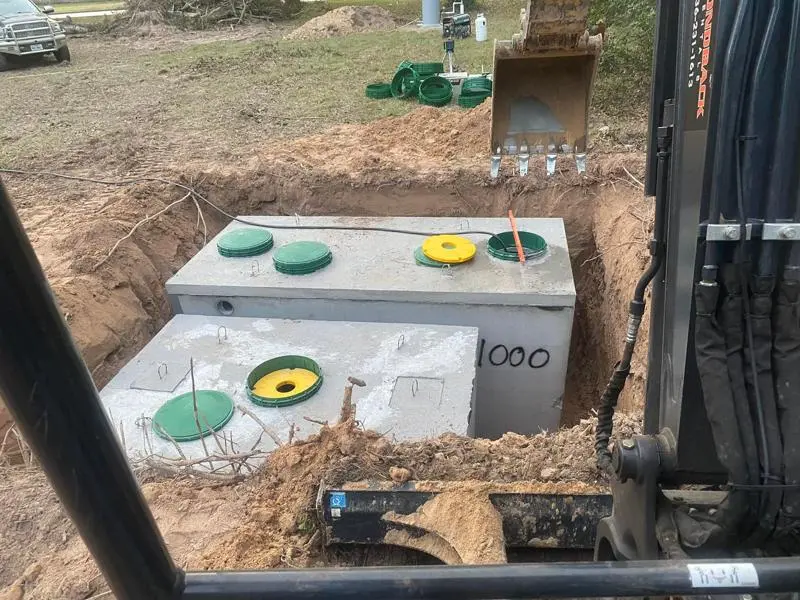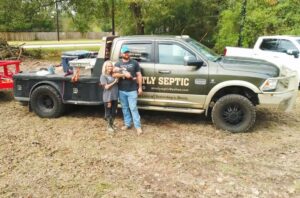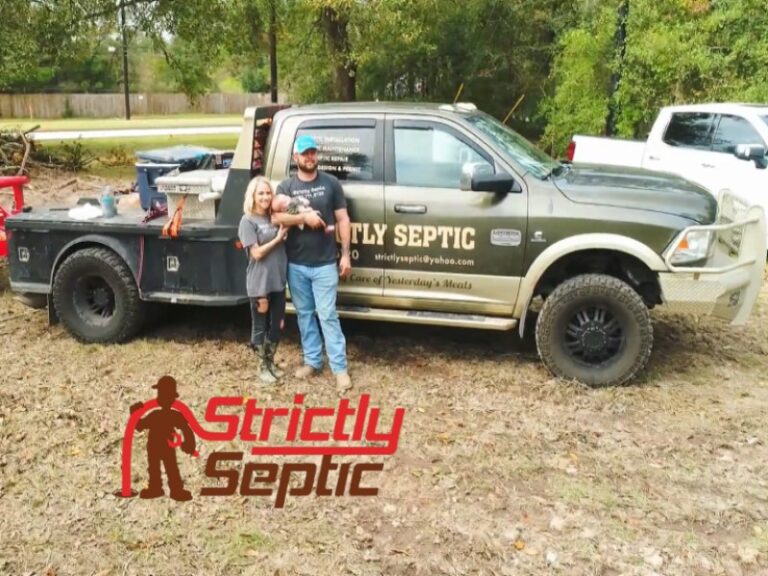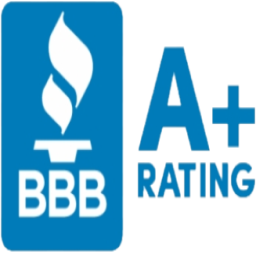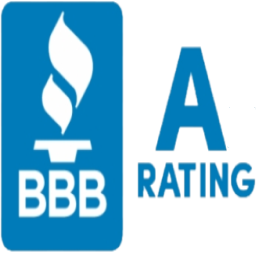Septic systems are an essential component of residential and commercial properties not connected to centralized sewer lines. These systems treat and dispose of wastewater on-site, ensuring environmental safety and public health. Given the variety of septic systems available, selecting the right one requires understanding each system’s design, functionality, and suitability for specific soil types and property sizes. This guide, drawing from expert insights at Strictly Septic Service, aims to provide a detailed overview of the different types of septic systems, helping property owners make informed decisions.
Conventional Septic Systems
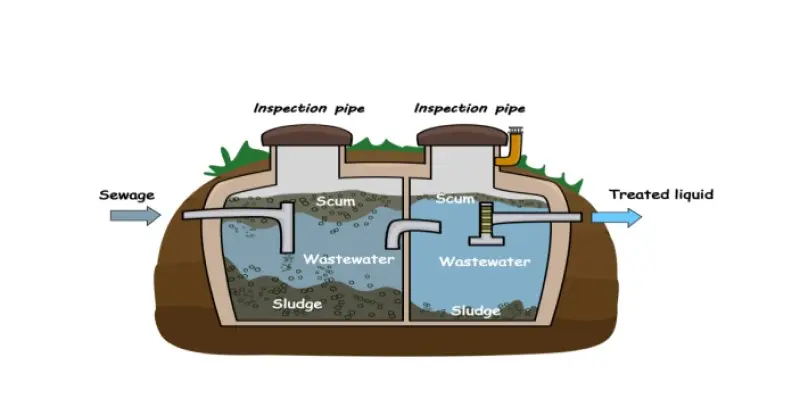
Conventional septic systems, a common choice for many property owners, consist of a septic tank and a drainfield. The septic tank processes wastewater by separating solids from liquids, while the drainfield filters and disperses liquid waste into the soil. These systems are suited for areas with adequate soil depth and absorption capacity. For more details on conventional systems, visit Strictly Septic’s overview of Conventional Septic Systems.
Aerobic Septic Systems
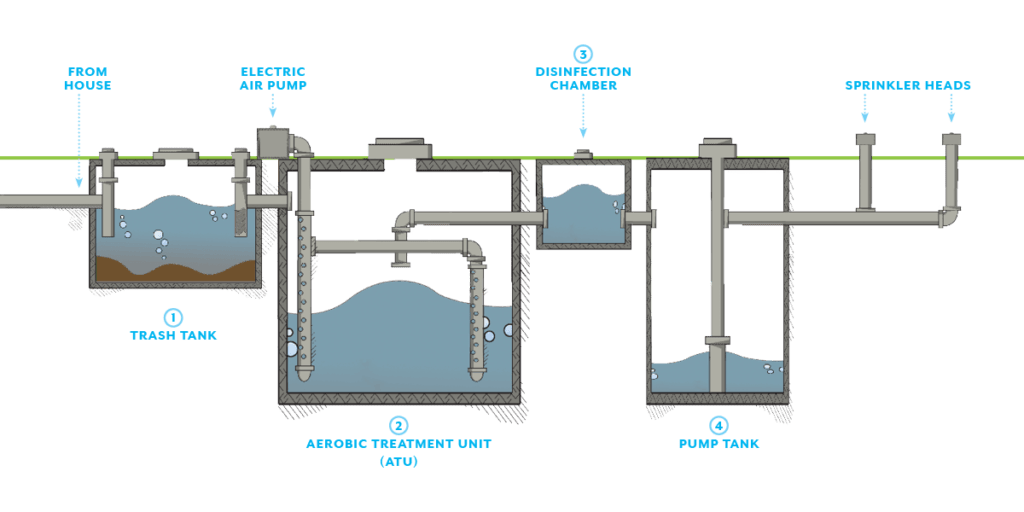
Aerobic systems, as discussed on Strictly Septic’s Aerobic Septic System page, introduce oxygen into the treatment process, enhancing the breakdown of waste materials. This system includes an aeration chamber, promoting the growth of aerobic bacteria for efficient waste decomposition. Aerobic systems are particularly effective in areas where soil conditions are not conducive to conventional septic systems.
Alternative Septic Systems
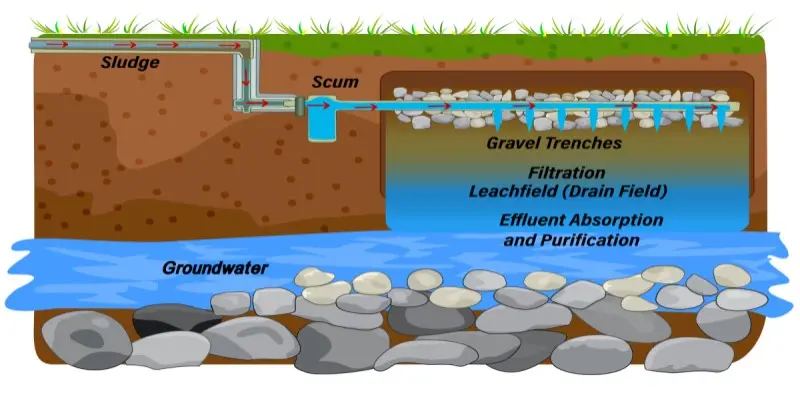
For properties with limited space, poor soil conditions, high groundwater levels, or those requiring advanced treatment, alternative septic systems offer a solution. These systems may include advanced treatment units, drip irrigation, or constructed wetlands. Strictly Septic provides a comprehensive look at Alternative Septic Systems, detailing the various designs and technologies available.
Mound Septic Systems
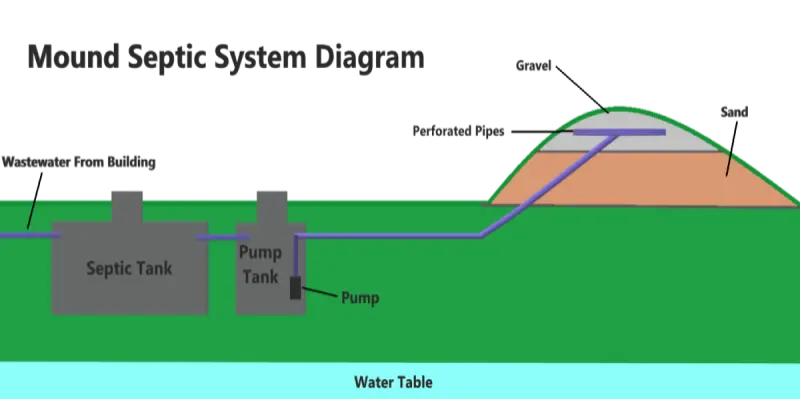
Mound systems are a type of alternative system used in areas with shallow soil depths, high groundwater, or restrictive layers. These systems pump wastewater to a mound constructed of specific sand materials, providing additional treatment through filtration. For an in-depth exploration of mound systems, refer to the Mound Septic Systems section on Strictly Septic.
Holding Tank Systems
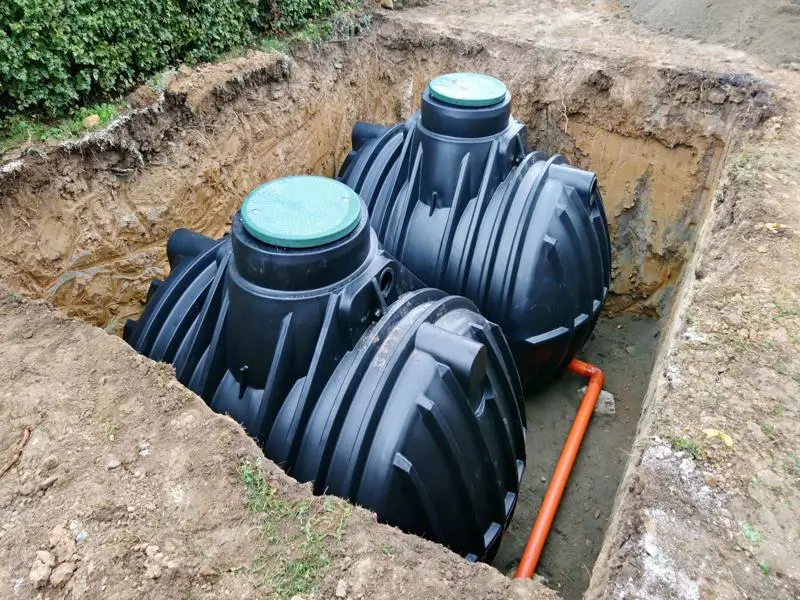
Holding tank systems are a temporary solution, suitable for properties where traditional septic systems cannot be installed. These tanks require frequent pumping and are not a long-term waste treatment solution. However, they can be necessary in specific scenarios, as outlined in Strictly Septic’s Holding Tank Systems page.
Installation and Maintenance
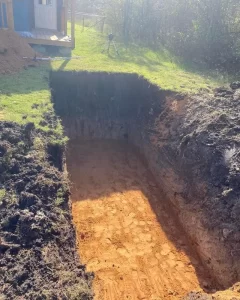
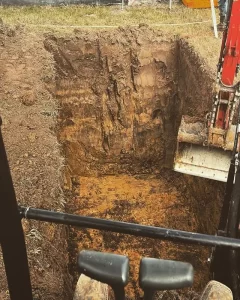
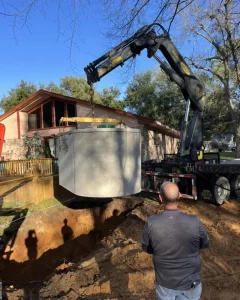
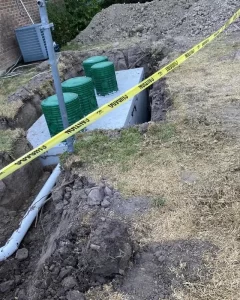
Selecting the right septic system is just the first step. Professional installation and regular maintenance are crucial for system longevity and performance. Strictly Septic offers expert Septic System Installation services, ensuring systems are correctly installed and functioning efficiently. Additionally, their comprehensive Contact Us page provides information on obtaining expert advice, emergency services, and maintenance support.
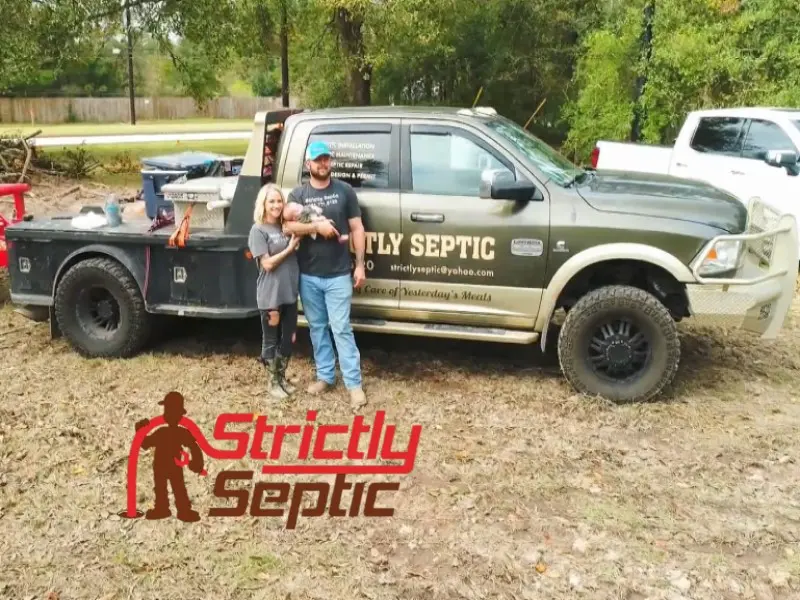
Conclusion
Choosing the appropriate septic system requires careful consideration of property characteristics, environmental conditions, and regulatory requirements. By understanding the differences and applications of each system type, property owners can ensure effective wastewater treatment and system durability. For professional guidance and services, consider partnering with experienced providers like Strictly Septic Service, who offer expertise in installation, maintenance, and emergency repairs, tailored to individual needs and local regulations.
Remember, the right septic system not only contributes to environmental preservation but also enhances property value and ensures compliance with health and safety standards.

